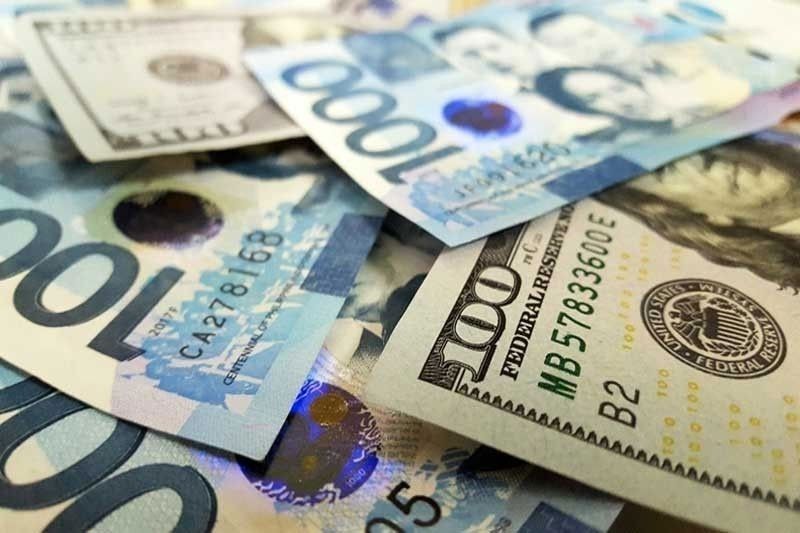Peso still among most stable currencies in Asia

MANILA, Philippines — The peso remained one of the most stable currencies in Asia last year despite the economic crisis brought about by the coronavirus pandemic, according to the Department of Finance (DOF).
In his latest economic bulletin, Finance Undersecretary and chief economist Gil Beltran said the peso settled in the middle of the pack among the nine currencies in Asia that maintained their value against the dollar as of end-2020.
The local currency appreciated by 5.18 percent to 48.03 against the dollar from the end-2019 level of 50.66 to $1, ranking fourth in the region after Taiwanese dollar, Chinese yuan and Korean won, which appreciated by 6.33 percent, 6.26 percent and 6.07 percent, respectively.
“Despite the rising risks in the global economy, heightened by the spread of COVID-19, the collapse of global markets, the extreme volatility in currencies and the downgrading of credit ratings of many economies, the Philippine peso remained firm, appreciating from year-end 2019 level,” Beltran said.
In terms of volatility, Beltran said the peso-dollar exchange rate also remained stable last year, with a coefficient of variation of 2.11 percent, just below the regional average of 2.24 percent.
However, Beltran said that the peso depreciated slightly last month, ending at 48.08 to $1 as of Jan. 25. He said this was in line with regional currencies, which also depreciated at an average of 0.11 percent during the period.
The DOF’s chief economist attributed the peso’s continued strength and stability to the country’s strong balance of payments (BOP) position and rising gross international reserves.
According to Beltran, the country’s BOP stood at $12.8 billion in 2020, equivalent to 3.5 percent of gross domestic product and the highest since 2010.
“The country generated a BOP surplus of $12.8 billion in 2020, helped by slower imports and outward payments,” Beltran said.
The GIR, on the other hand, grew by 21.6 percent to $109.8 billion by the end of 2020 from $87.84 billion in 2019. This was equivalent to 11.7 months of imports of goods and services, up from 7.7 months in the previous year.
These boosted the confidence in the Philippine peso, Beltran said.
“Despite the pandemic and global economic contraction, strong macroeconomic fundamentals support the country’s favorable financial footing,” Beltran said.
- Latest
- Trending


























